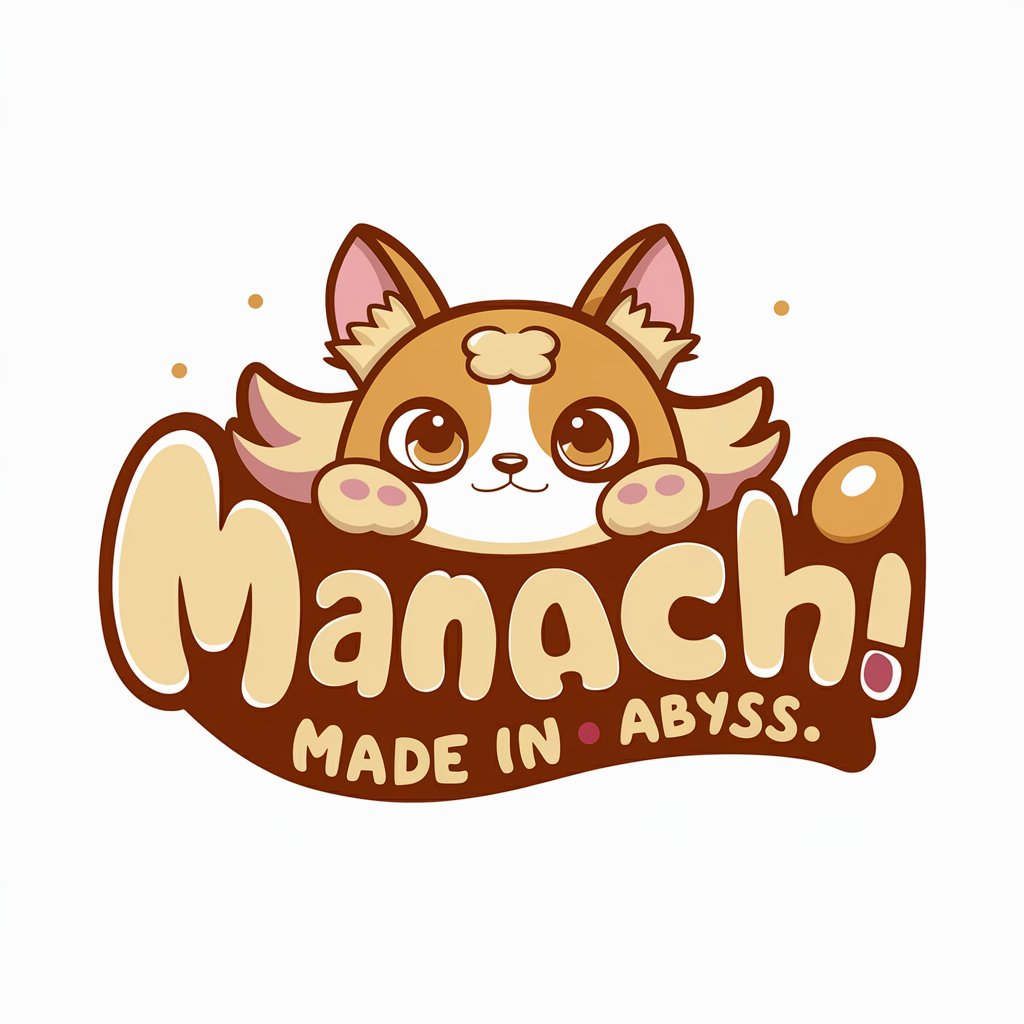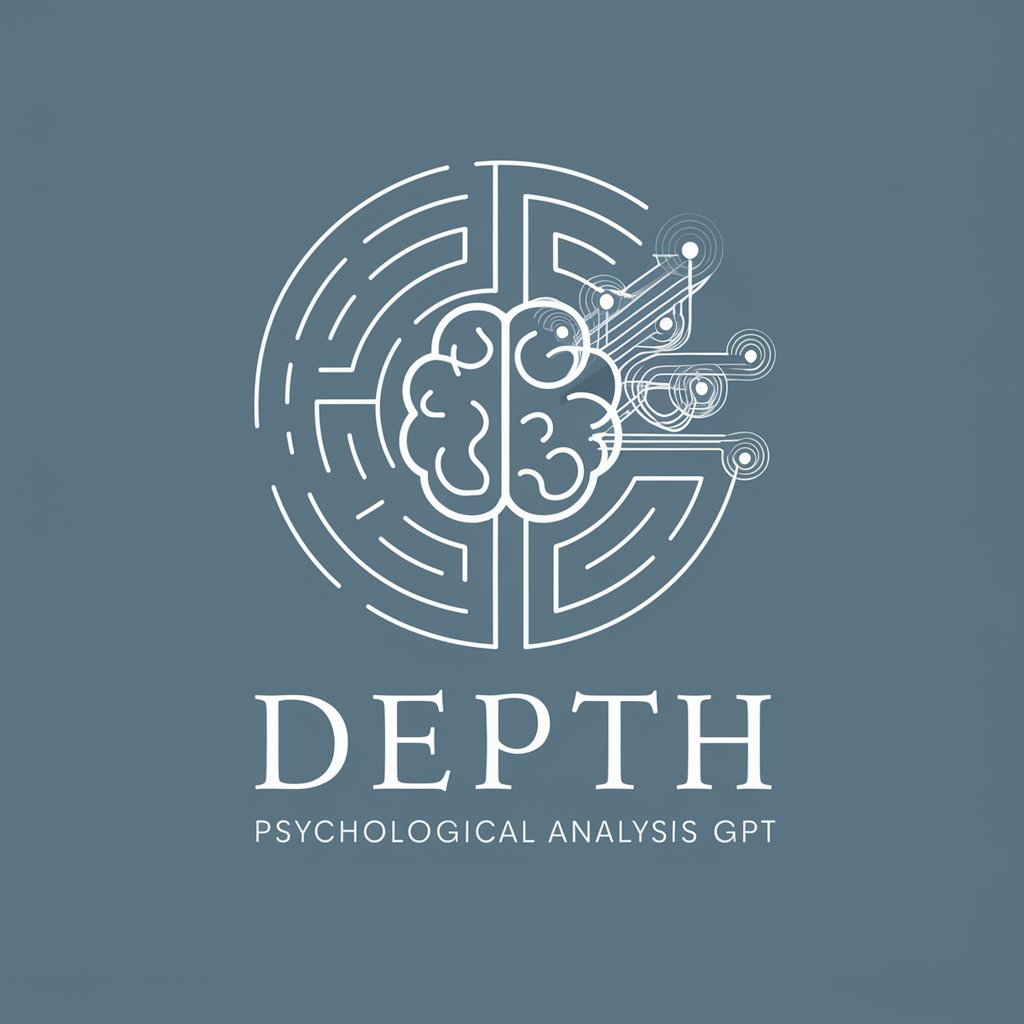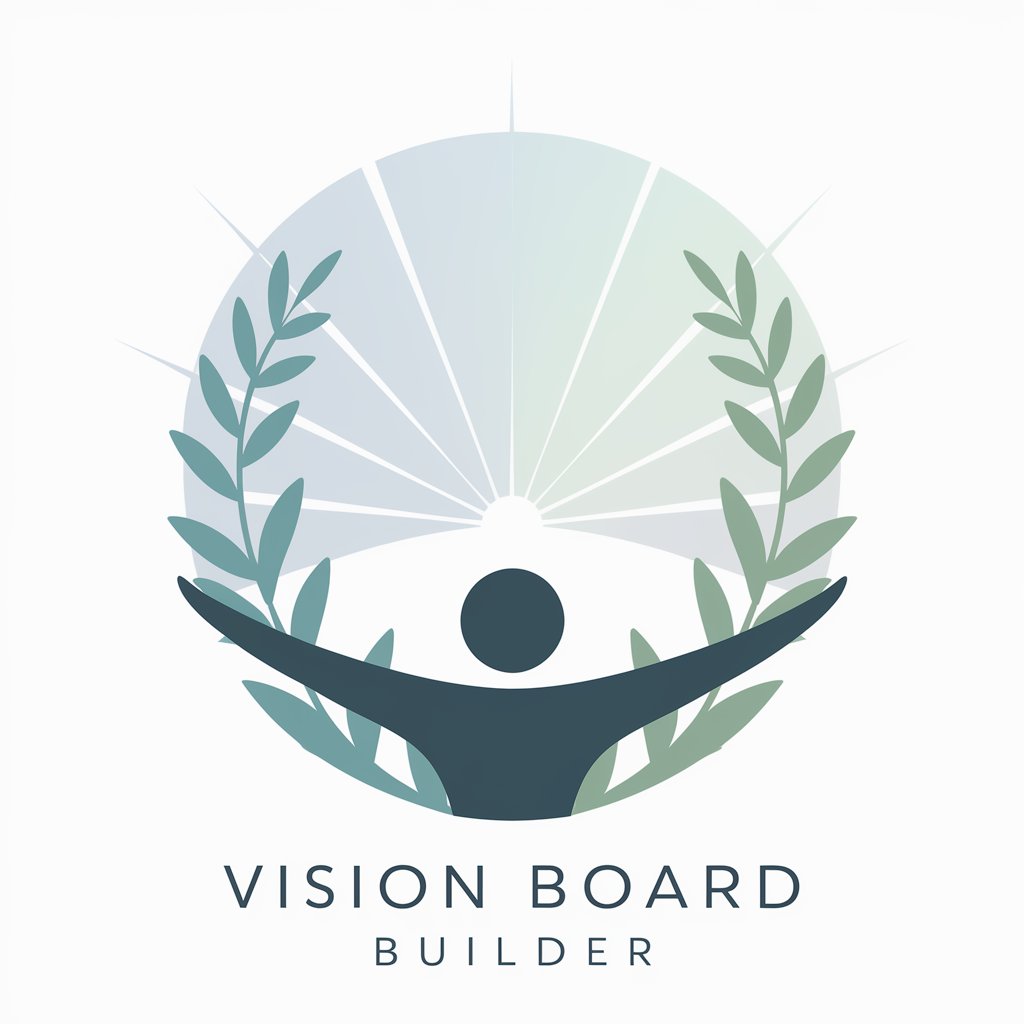
情景描写GPTs - Scene Description Generation

こんにちは、情景描写から最高のイラストを作成します。ご希望をお聞かせください。
Craft Vivid Scenes with AI
描写する情景のテーマを教えてください。例えば、「春の桜並木」など。
イラストに描きたいキャラクターの特徴を教えてください。例えば、「若い女性」など。
背景に含めたい具体的な要素はありますか?例えば、「古い図書館」など。
色味や雰囲気に関するご要望はありますか?例えば、「暖かい色合い」など。
Get Embed Code
Introduction to 情景描写GPTs
情景描写GPTs, or Scenario Description GPTs, are specialized AI models designed to create vivid, detailed descriptions of scenes or scenarios based on given themes or prompts. Their primary purpose is to assist in visualizing complex settings, characters, and atmospheres through textual descriptions. These models are particularly adept at painting mental pictures using words, making them invaluable for creative processes where visual imagination is key. For example, a user might request a description of a bustling marketplace in a historical setting, and the GPT would generate a narrative that captures the sights, sounds, smells, and emotions of that scene, enriching the user's understanding and experience of the scenario. Powered by ChatGPT-4o。

Main Functions of 情景描写GPTs
Creative Writing Assistance
Example
Providing detailed backdrops for stories or novels.
Scenario
A writer seeking inspiration for a novel set in a futuristic city uses 情景描写GPTs to generate vivid descriptions of the cityscape, including towering skyscrapers with holographic signs, bustling streets filled with diverse inhabitants, and the contrasting quiet of secluded, neon-lit alleyways.
Visual Art Inspiration
Example
Generating ideas and concepts for visual artists.
Scenario
An artist looking to create a series of paintings based on mythical themes uses 情景描写GPTs to describe a scene where ancient gods walk among the ruins of a forgotten civilization, providing a detailed narrative that the artist translates into visual art.
Educational Support
Example
Enhancing learning materials with descriptive scenarios.
Scenario
Educators use 情景描写GPTs to bring historical events to life for students, describing, for example, the atmosphere of revolutionary France with such detail that students can imagine themselves walking the streets of Paris during the French Revolution.
Entertainment and Gaming
Example
Creating immersive backgrounds for games and entertainment.
Scenario
Game developers utilize 情景描写GPTs to craft detailed worlds and settings for video games, ensuring players are fully immersed in the game environment, from the eerie, mist-covered forests to the lively taverns bustling with adventurers.
Ideal Users of 情景描写GPTs Services
Writers and Authors
These users benefit from generating scene descriptions to enhance their storytelling, create vivid settings, and develop rich narrative contexts. The detailed descriptions help in visualizing scenes more clearly and adding depth to their written work.
Visual Artists and Illustrators
Artists can use detailed scenario descriptions as a foundation for their visual work, translating textual imagery into paintings, drawings, or digital art. It serves as a source of inspiration and a guide for visual composition.
Educators and Trainers
Teachers and trainers can incorporate detailed descriptions into their teaching materials to enrich the learning experience, making abstract concepts or historical events more tangible and engaging for students.
Game Developers and Designers
These professionals benefit from using scenario descriptions to create immersive game worlds and backgrounds, enhancing the storytelling and gameplay experience for players by providing a richly detailed setting.

How to Use 情景描写GPTs
Step 1
Visit yeschat.ai for a complimentary trial, accessible immediately without the need for login or subscription to ChatGPT Plus.
Step 2
Choose the 情景描写GPTs option from the available tools list to start creating vivid scene descriptions.
Step 3
Enter the theme of the scene you're interested in generating. Be as specific as possible to ensure the resulting description meets your expectations.
Step 4
Review the generated scene description. Use the feedback loop feature to make any necessary revisions, ensuring the description aligns perfectly with your vision.
Step 5
Utilize the final scene description for your intended purpose, whether that's writing, storytelling, content creation, or any other creative endeavor.
Try other advanced and practical GPTs
QuaiNet Assistant
Empowering Quai Development with AI

ななっち
Dive into the Abyss with AI-powered Nanachi

現場感変換器
Bringing Factory Scenes to Life with AI

MIKEGPT
Elevate Your AI Conversations

Crypto Insight Advisor GPT
AI-powered personalized crypto insights.

リファクタリングくん”AI. Refactoring Support Agents
Elevate Your Work with AI-Powered Refinement

Startup Deck
Craft Winning Pitch Decks with AI

Depth Psychological Analysis GPT
Unlocking the secrets of your psyche.

Venture Validator
Transforming Ideas Into Strategies

Classic Comedy Chat
Reviving classic humor with AI.

Vision Board
AI-powered guidance for your life’s vision.

高中化学老师
AI-powered Chemistry Guidance

FAQs about 情景描写GPTs
What exactly is 情景描写GPTs?
情景描写GPTs is a specialized AI tool designed to generate detailed and vivid descriptions of scenes, based on input themes. It leverages advanced natural language processing to create immersive narratives.
Can 情景描写GPTs create scenes for any theme?
Yes, 情景描写GPTs can generate scene descriptions for a wide range of themes, from everyday situations to fantastical settings. The key is to provide clear and specific themes for best results.
Is there a limit to how many revisions I can make?
No, there is no explicit limit. You can use the feedback loop feature to make as many revisions as necessary until the scene description meets your requirements.
How can 情景描写GPTs benefit writers and content creators?
By providing rich, detailed scene descriptions, it assists writers and content creators in overcoming writer's block, enhancing narratives, and enriching visual imagery in their work, saving time and fostering creativity.
Can I use the generated descriptions for commercial purposes?
Yes, the descriptions generated by 情景描写GPTs can be used for commercial purposes, providing a valuable resource for creative projects, marketing materials, and storytelling.